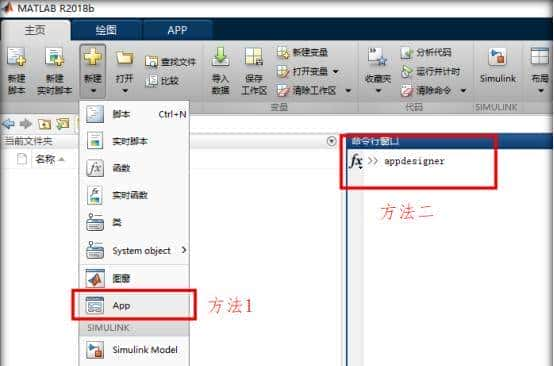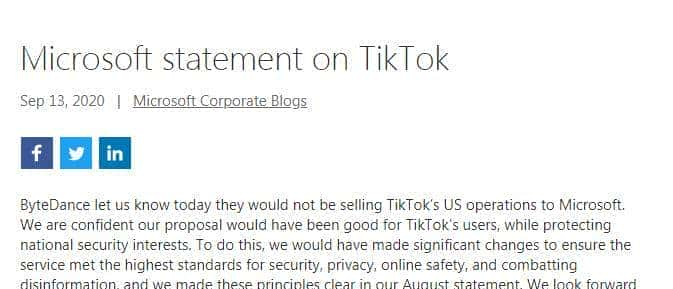Ref:
TGF-β:乘风破浪的转化生长因子 – 知乎 (zhihu.com)
研究报告 | 万字长文详解TGF-β与肿瘤的“爱恨情仇”(上)_Smad_复合物_蛋白 (sohu.com)
TGF-β1受体1和2在TGF-β1调节细胞增殖中的作用 (pku.edu.cn)
经典信号通路总结——TGF-β信号通路 – 知乎 (zhihu.com)
Source: Transcriptomic analysis of hepatocellular carcinoma reveals molecular features of disease progression and tumor immune biology | npj Precision Oncology (nature.com)
Af: Genentech
Time: 2018
Ab: Okrah et al. identified unique molecular signatures pertaining to HCC disease progression and tumor immunity by analyzing genome-wide RNA-Seq data derived from HCC patient tumors and non-tumor cirrhotic tissues. Unsupervised clustering of gene expression data revealed a gradual suppression of local tumor immunity that coincided with disease progression, indicating an increasingly immunosuppressive tumor environment during HCC disease advancement. IHC examination of the spatial distribution of CD8+ T cells in tumors revealed distinct intra- and peri-tumoral subsets. Differential gene expression analysis revealed an 85-gene signature that was significantly upregulated in the peri-tumoral CD8+ T cell-excluded tumors. Notably, this signature was highly enriched with components of underlying extracellular matrix, fibrosis, and epithelial–mesenchymal transition (EMT). Further analysis condensed this signature to a core set of 23 genes that are associated with CD8+ T cell localization, and were prospectively validated in an independent cohort of HCC specimens. These findings suggest a potential association between elevated fibrosis, possibly modulated by TGF-β, PDGFR, SHH or Notch pathway, and the T cell-excluded immune phenotype. Indeed, targeting fibrosis using a TGF-β neutralizing antibody in the STAM™ model of murine HCC, they found that ameliorating the fibrotic environment could facilitate redistribution of CD8+ lymphocytes into tumors.
Source: Immunomodulatory TGF-β Signaling in Hepatocellular Carcinoma: Trends in Molecular Medicine
Af: The University of Texas MD Anderson Cancer Center
Time: 2019
Chen et al. give a review on TGF-β signaling in HCC.
Source: Role of the Transforming Growth Factor-β in regulating hepatocellular carcinoma oxidative metabolism | Scientific Reports (nature.com)
Af: University of Barcelona
Source: TGF-β orchestrates fibrogenic and developmental EMTs via the RAS effector RREB1 | Nature
Af: Memorial Sloan Kettering Cancer Center
Time: 2020
Ab: Su et al. identified RAS-responsive element binding protein 1 (RREB1), a RAS transcriptional effector, as a key partner of TGF-β-activated SMAD transcription factors in EMT. MAPK-activated RREB1 recruits TGF-β-activated SMAD factors to SNAIL. Context-dependent chromatin accessibility dictates the ability of RREB1 and SMAD to activate additional genes that determine the nature of the resulting EMT. In carcinoma cells, TGF-β–SMAD and RREB1 directly drive expression of SNAIL and fibrogenic factors stimulating myofibroblasts, promoting intratumoral fibrosis and supporting tumour growth. In mouse epiblast progenitors, Nodal–SMAD and RREB1 combine to induce expression of SNAIL and mesendoderm-differentiation genes that drive gastrulation. Thus, RREB1 provides a molecular link between RAS and TGF-β pathways for coordinated induction of developmental and fibrogenic EMTs.
Time: 2021
Ab: Jitka Soukupova et al. analyzed the metabolic profile of hepatocellular carcinoma (HCC) cells that show differences in TGF-β expression. Oxygen consumption rate (OCR), extracellular acidification rate (ECAR), metabolomics and transcriptomics were performed. Results indicated that the switch from an epithelial to a mesenchymal/migratory phenotype in HCC cells is characterized by reduced mitochondrial respiration, without significant differences in glycolytic activity. Concomitantly, enhanced glutamine anaplerosis and biosynthetic use of TCA metabolites were proved through analysis of metabolite levels, as well as metabolic fluxes from U-13C6-Glucose and U-13C5-Glutamine. This correlated with increase in glutaminase 1 (GLS1) expression, whose inhibition reduced cell migration. Experiments where TGF-β function was activated with extracellular TGF-β1 or inhibited through TGF-β receptor I silencing showed that TGF-β induces a switch from oxidative metabolism, coincident with a decrease in OCR and the upregulation of glutamine transporter Solute Carrier Family 7 Member 5 (SLC7A5) and GLS1. TGF-β also regulated the expression of key genes involved in the flux of glycolytic intermediates and fatty acid metabolism. Together, these results indicate that autocrine activation of the TGF-β pathway regulates oxidative metabolism in HCC cells.
Source: Distinct functions of transforming growth factor-β signaling in c-MYC driven hepatocellular carcinoma initiation and progression | Cell Death & Disease (nature.com)
Af: University of California
Time: 2021
Ab: Wang et al. investigated the expression of TGFβ signaling in c-MYC amplified human HCC samples as well as the mechanisms whereby TGFβ modulates c-Myc driven hepatocarcinogenesis during initiation and progression. We found that several TGFβ target genes are overexpressed in human HCCs with c-MYC amplification. In vivo, activation of TGFβ1 impaired c-Myc murine HCC initiation, whereas inhibition of TGFβ pathway accelerated this process. In contrast, overexpression of TGFβ1 enhanced c-Myc HCC progression by promoting tumor cell metastasis. Mechanistically, activation of TGFβ promoted tumor microenvironment reprogramming rather than inducing epithelial-to-mesenchymal transition during HCC progression. Moreover, they identified PMEPA1 as a potential TGFβ1 target.
相关文章



![[信创]SpringBoot3 JDK17 整合 MyBatis + Oceanbase(二)](https://img.niaorui.com/blogimg/20251015/6a3a6d8b51064b4ab9c6d716358b6424.jpg)









